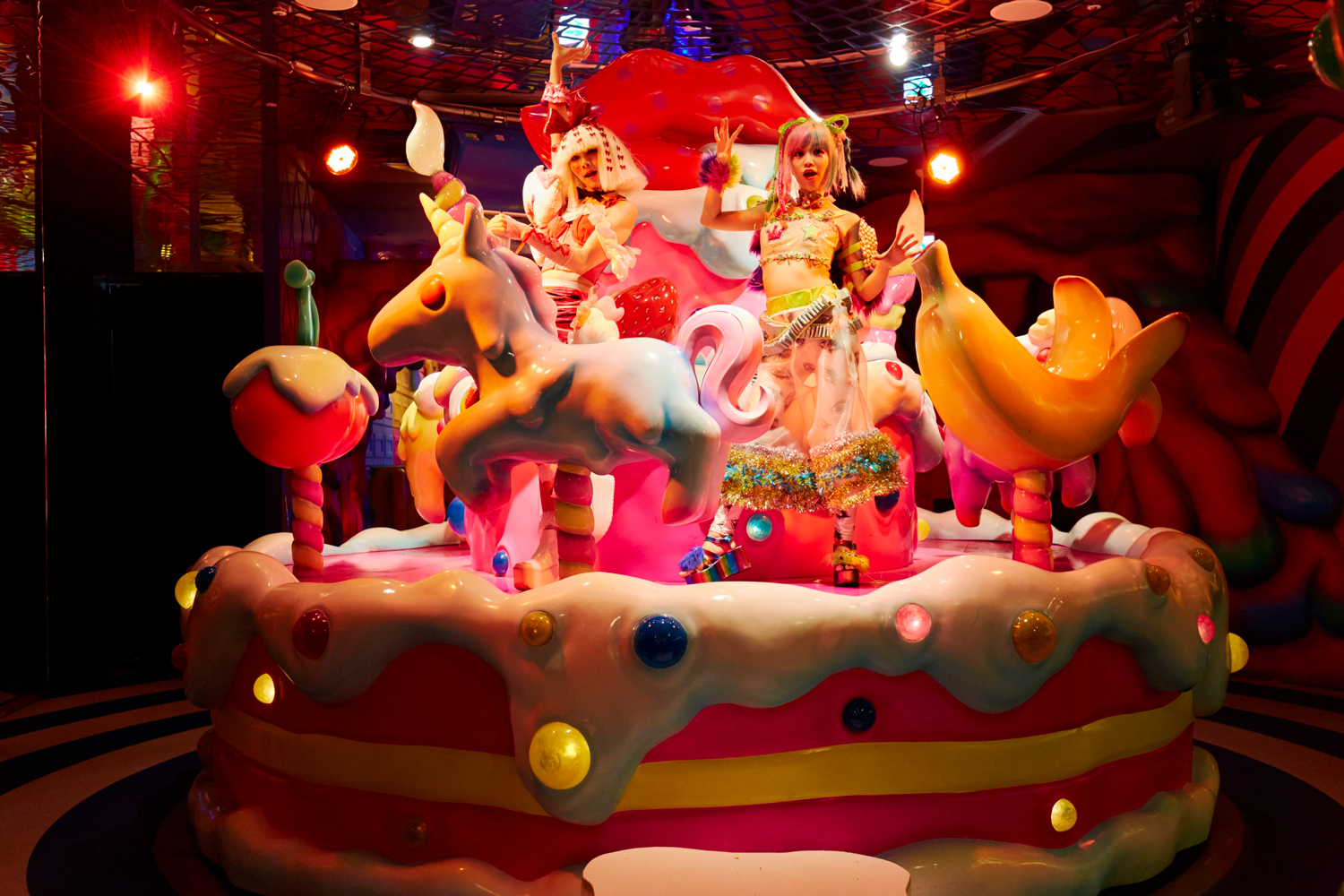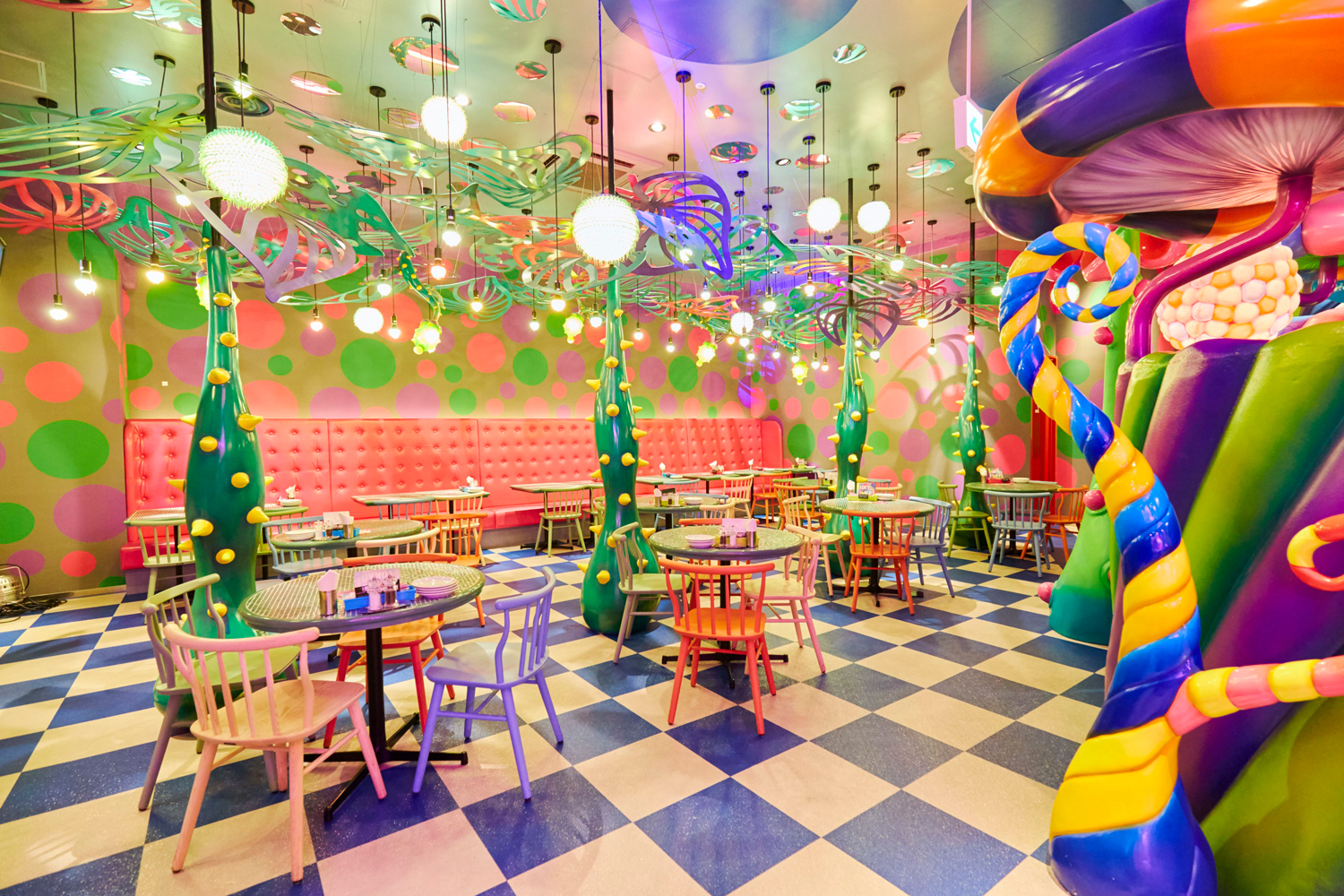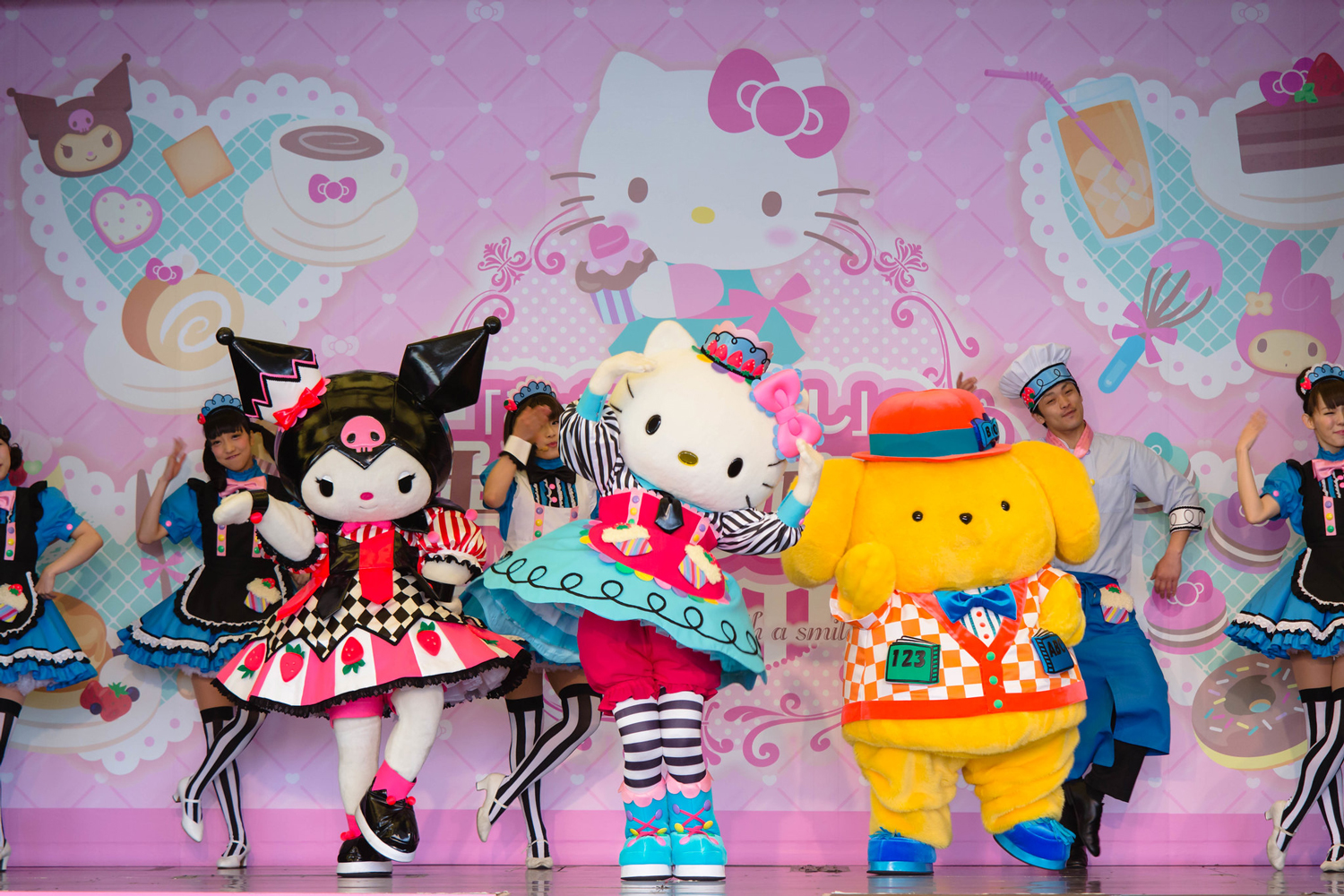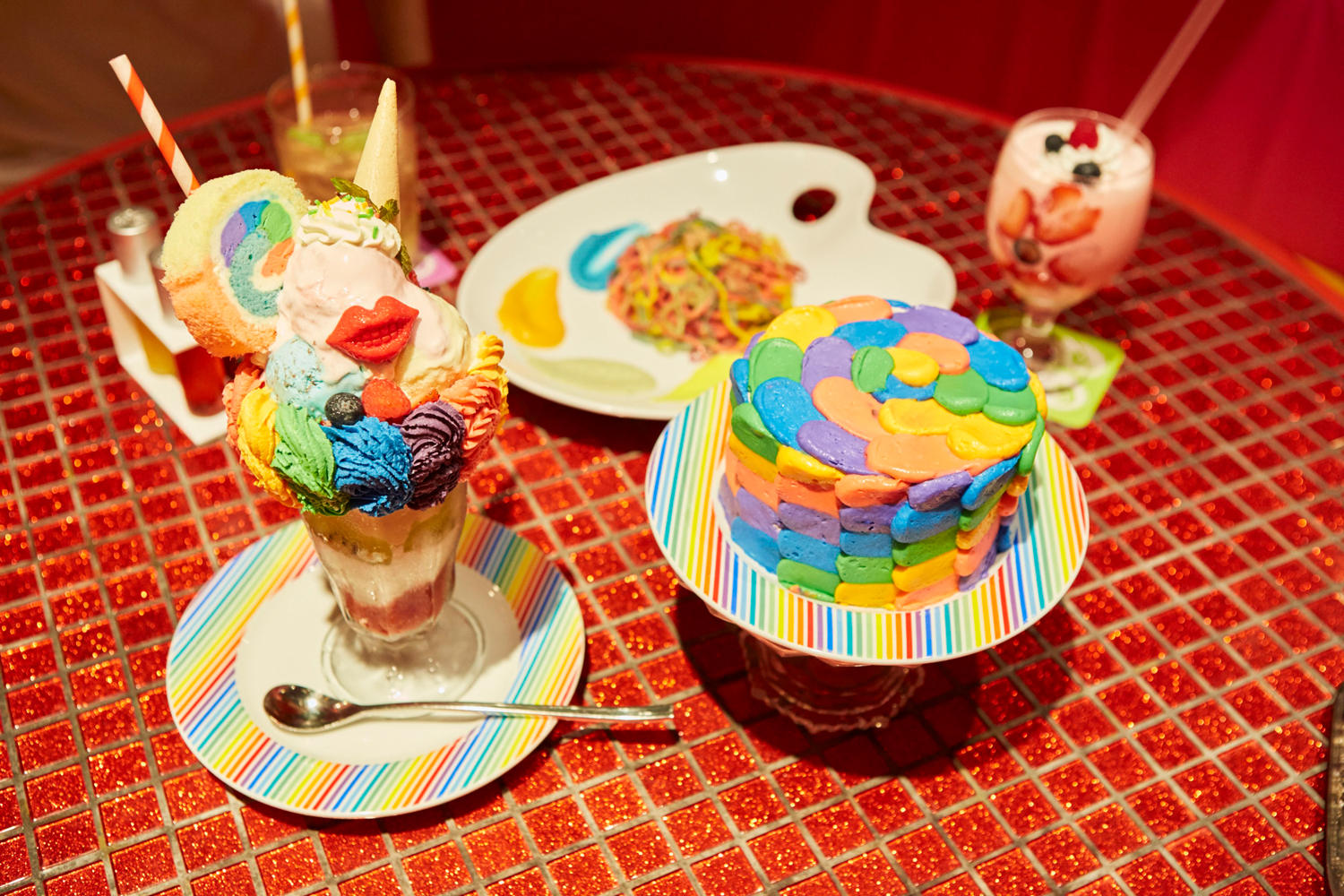How the Kawaii Aesthetic Captured the World

©JNTO
It is considered the height of cute. If kawaii is reputed across the four corners of the world today, it is in Japan that it finds its roots. We take a look at the origins, the expansion and the exportation of the cult of cute.
During the 1970s, while in Britain, punk culture was emerging, kawaii culture (meaning adorable, cute) was appearing in Japan. Rebelling against the traditions of Japanese society, students launched the movement in protest, expressing themselves in a childlike manner and adopting a whimsical wardrobe accessorised with trinkets that are reminiscent of the imaginary worlds of princesses. These outfits with pastel pinks, lace and frills are often accompanied by accessories including stuffed toys, Studio Ghibli key rings or cat-ear headbands adding to the saccharine sweet of this counter culture.
In contrast to a lot of Western teens, who, are more likely to attempt to reproduce adult behaviours such as drinking, smoking, partying or getting tattoos, Japanese youth act out against adult authority by adopting more regressive attitudes. This may have something to do with putting off adulthood and pushing back the anxieties that accompany the necessity to take responsibilities. According to anthropologist Sharon Kinsella it’s a way of protesting à la Peter Pan, against the stresses of maturing.

©JNTO
This aesthetic, even in its least extravagant form, is not entirely neutral, as it is found on the fringes of traditional Japanese culture which is situated somewhere between stoicism and repression. Kawaii is therefore a form of escapism where everything is beautiful, sweet and pink. This alternative culture also gave birth to emojis and to the brand Hello Kitty, launched by the designer Sanrio in 1974. Kawaii is thus the art of blending the traditional Japanese concepts of purity with the aesthetic stuffed animals like Hello Kitty.
Currently, Kawaii is broadly found across Japanese society, but also elsewhere. In Paris, fans of Kawaii can find rare gems in a number of specialised boutiques such as Cool Japan, Yodoya or Whaou. Conscious of the international appeal of Kawaii, the Japanese government has even gone as far as to recruit ambassadors who spread the culture of cute across the globe.

©Sui San
The bet appears to have paid off today, with the Japanese pioneers of Kawaii influencing the domain of fashion, worlds away from the minimalism of Japanese designers such as Yohji Yamamoto and Rei Kawakubo. Kawaii fashion is colourful and whacky, and has won the hearts of a number of celebrities including Katy Perry, Lady Gaga and Ariana Grande. This excessive fashion encourages self expression and flies in the face of inherently ‘Japanese’ values such as conformity and discretion. The Kawaii aesthetic illustrates the capacity of the Japanese to express themselves even in the face of a sometimes disapproving external gaze.
Today Tokyo has a reputation across the world for its unique street style that is both sleek but wild. To get a Japanese wardrobe make over, head to the Harajuku district, now infamous for its street style credibility. Kawaii has managed to not only infiltrate the worlds of fashion and of pop culture, but is now even making its mark in restaurants and cafés across Japan.

©JNTO
TRENDING
-
The Tattoos that Marked the Criminals of the Edo Period
Traditional tattoos were strong signifiers; murderers had head tattoos, while theft might result in an arm tattoo.

-
Chiharu Shiota, Red Threads of the Soul
Last year, more than 660,000 people visited the retrospective 'Chiharu Shiota: The Soul Trembles' exhibit at the Mori Art Museum.

-
‘Before Doubting Others, Doubt Yourself. Who Can Truly Say a Dish Isn’t What It Used to Be?’
In ‘A Non-Conformist’s Guide to Surviving Society’, author Satoshi Ogawa shares his strategies for navigating everyday life.

-
The Story of Sada Yacco, the Geisha who Bewitched Europe
Described by Dazed magazine as the first beauty influencer, she has been restored to her former glory since 2019.

-
Ito Jakuchu's Naturalist Paintings
From 15 September until 14 October 2018, the Petit Palais showcased the artist's iconic ‘Images of the Colourful Realm of Living Beings’.





